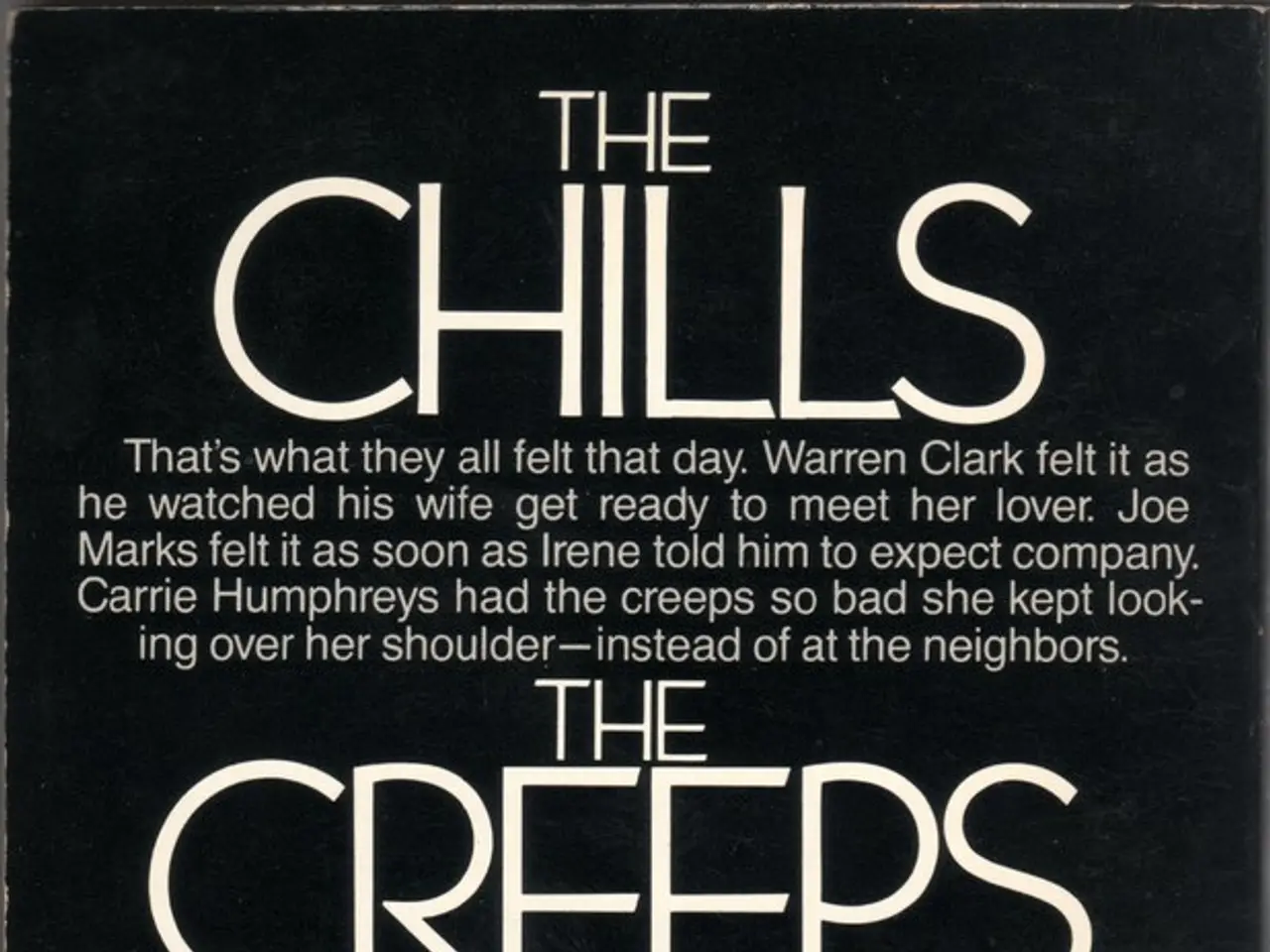Morse Code Explanation: Functions, Mechanisms, and Current Relevance
Morse code, a system of encoding text messages into sequences of dots and dashes, revolutionized long-distance communication in the 19th century. Developed by Samuel F. B. Morse and his collaborator Alfred Vail in the early 1830s–1840s, this ingenious method allowed messages to be transmitted electrically over telegraph wires.
On May 24, 1844, Morse sent the first Morse code transmission using a quote from the biblical Book of Numbers: "What hath God wrought?" This historic moment marked the beginning of a new era in communication.
The original system was later improved by German telegraph inspector Friedrich Clemens Gerke in 1848, who refined Morse’s code into a simpler format with only dots and dashes of equal length. This version, called the "Hamburg alphabet," formed the basis of the International Morse Code standardized in 1865. This standard included new characters for additional letters and numbers, becoming the predominant telegraphic code worldwide.
Morse code played a pivotal role in long-distance communication before the advent of telephony and later digital communications. It was extensively used up through both World Wars for military and maritime communication. During World War II, Morse was a vital communication method, broadly employed in military communications, and its familiar SOS distress signal remained universally recognized.
Today, Morse code is no longer a mainstream communication medium but still remains in limited use. It is taught in some military and aviation contexts as a backup communication skill. Amateur radio (ham radio) enthusiasts actively use and preserve Morse code as a skill and a means of communication. Some emergency beacons and aircraft distress systems used Morse signals until the early 2000s, though many have since moved to more modern digital systems.
Interestingly, the U.S. Navy still trains intelligence specialists to master Morse code. In a nod to its history, Morse code initials can be found at Boston's Fenway Park, painted on the left field scoreboard.
Despite its decline in popularity, Morse code remains an elegant system that revolutionized communication in the 1800s. Its short and long tones, known as "dits" and "dahs," continue to intrigue and inspire those who study and appreciate the history of communication technology. The International Morse Code Preservation Society, a coalition of amateur radio operators, continues to use Morse code as a testament to its enduring legacy.
- The evolution of technology in communication led to the development of electronics, such as television, which broadcast Morse code signals in the early days for captions and subtitles.
- In the realm of science, particularly data-and-cloud-computing, Morse code has been used for error detection and correction, showcasing its relevance even in modern computing systems.
- Movies and documentaries have often featured Morse code, portraying its historic significance during World War II and its role in military communication.
- As history shows, Morse code played a crucial part in the early days of technology, paving the way for advancements in various fields, including space exploration, where its possibilities for distant communication were explored.




